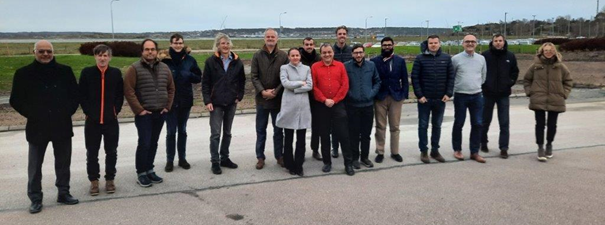As Europe faces the challenge of decarbonizing its energy sector, the issue of aging nuclear power plants has become increasingly relevant. Many of these facilities were built in the 1970s and 1980s and are now approaching the end of their designed operational lifespans. However, the question of whether and how to decommission these aging plants is a complex and multifaceted one, with implications for energy security, the environment, and the economy.
One of the main concerns regarding aging nuclear power plants is the risk of accidents or incidents, associated with the ageing plant components. With their critical infrastructure status, any minor deterioration is being taken into consideration. As the facilities age, they become more vulnerable to material fatigue and equipment failures that can potentially lead to expensive reparations. These situations cause safety concerns to emerge, or the idea to completely decommission the facility.

However, there are several ways that the lifespan of nuclear power plants (NPPs) can be extended, and their safety improved. One key approach is through regular maintenance and upgrades to ensure that the plant equipment is operated at optimal conditions and to address any issues that may arise. This can include regular inspections and testing, as well as the replacement of components as needed.
Another important aspect is research and development. By investing in research and innovation, NPPs can improve their efficiency and performance, and extend their operational lifespans. This can include the development of advanced technologies and materials, as well as ensuring increased knowledge about the phenomena responsible for the deterioration and failure of the equipment and creating better tools to analyse these phenomena.
The decommissioning of aging nuclear power plants also has economic implications. These facilities are a significant source of electricity generation in many European countries, and the process of decommissioning and replacing them can be costly and time-consuming. However, by investing in maintenance and research, NPPs can extend their operational lifespans and reduce the need for costly decommissioning.
The ageing mechanisms increase the susceptibility of the structures to FIV, as material wear increases and mechanical contacts change. Therefore, it is important to properly consider loads from flow-induced vibrations in the component design and the operational surveillance and maintenance program. This also holds for power uprates and plant long-term operation (LTO) programs. To learn more about how the GO-VIKING project will improve the safety of NPPs and contribute to their LTO programs, follow us on LinkedIn and Twitter for our next article on FIV and NPPs.



